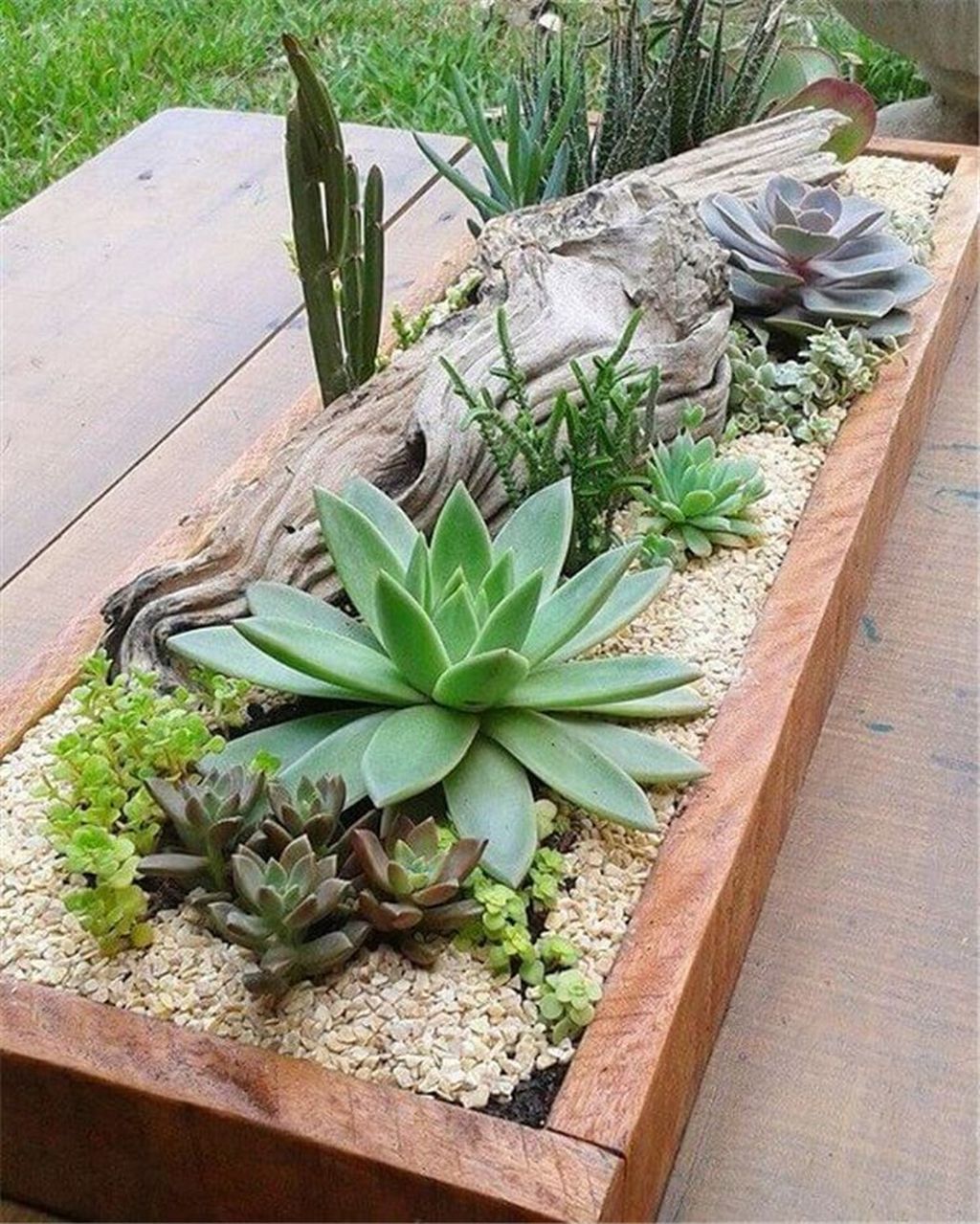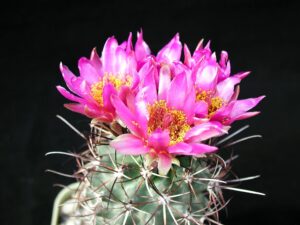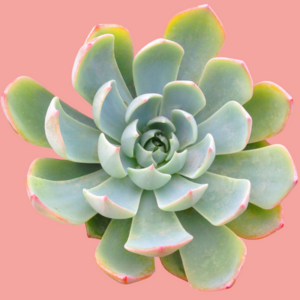Creating a front yard cactus garden is an exceptional way to infuse beauty and character into your landscape while also embracing low-maintenance gardening. Cacti are not only stunning in appearance, but they are also drought-resistant and incredibly resilient. This guide will navigate you through the thrilling journey of cultivating a front yard cactus garden that serves as both an aesthetic focal point and a testament to sustainable gardening practices.
When considering the creation of a cactus garden, it’s essential to start with a solid foundation of knowledge regarding the varieties of cacti, the design principles, and the ongoing care required to nurture these hardy specimens.
Designing Your Cactus Garden Oasis
The first step in crafting a captivating cactus garden involves designing your layout. A cohesive design can enhance the natural beauty of cacti while taking advantage of their unique colors and textures.
Begin by assessing your front yard. Take note of the amount of sunlight it receives, as cacti thrive in bright, direct light. Most cacti prefer a sunny location with at least six hours of sun exposure daily. Consider incorporating elements such as pathways and decorative borders to guide the eye and structure the layout.
Choosing a theme for your garden can unify the design. You might opt for a minimalistic aesthetic with spaced-out, prominent cactus specimens or an eclectic mix that features an array of colors and sizes. Relying on odd-numbered groupings can create a more visually appealing arrangement. Marry various cacti with succulents or other drought-tolerant plants to enhance biodiversity and texture.
Selecting the Perfect Cacti
Next, it’s vital to familiarize yourself with different types of cacti to determine the best selections for your front yard garden. Here are a few captivating varieties that deserve your attention:
The Saguaro (Carnegiea gigantea) is an iconic choice, known for its towering stature and elegant arms reaching towards the sky. These majestic cacti can live for over 150 years, adding a sense of history and grandeur to your garden.
For a burst of color, consider the Echinopsis genus, which features a dazzling array of flowers that bloom in stunning hues. These cacti are typically smaller and work wonderfully in clusters, providing visual interest and seasonal beauty.
Another fascinating option is the Organ Pipe Cactus (Stenocereus thurberi), recognized for its striking, multiple-columnar form. It can serve as a captivating centerpiece, drawing the eye with its unique profile.
Don’t overlook the whimsical Moon Cactus (Gymnocalycium mihanovichii), which is characterized by its colorful, often neon-bright tops. They are grafted onto a green base cactus, producing a lively statement piece that adds zest to any arrangement.
Soil, Drainage, and Planting Considerations
Cactus gardening requires careful attention to soil and drainage to ensure these desert dwellers thrive. Cacti prefer well-draining soil that mimics their native arid habitats. A specialized cactus mix, available at gardening centers, typically combines sand, perlite, and potting soil, providing optimal drainage. Alternatively, you can create your own mix by combining one part potting soil with one part coarse sand and one part perlite.
When planting your cacti, dig holes deep enough to accommodate the root ball without overcrowding. Aim for a space that allows for growth, as many cacti can expand over time. After placing your cactus in the hole, backfill with soil, and lightly tamp down to eliminate any air pockets. Ensure that the soil level is such that the top of the root ball is slightly above ground level to prevent moisture accumulation at the crown.
Once your cacti are securely planted, a light watering is appropriate to settle the soil. However, refrain from overwatering, as cacti thrive in dry conditions.
Nurturing a Flourishing Cactus Garden
Caring for a cactus garden requires an understanding of their unique needs. Watering is crucial; however, the approach should be strategic. During the growing season (spring and summer), a deep watering every two to three weeks will suffice. In the dormant months (fall and winter), reduce watering significantly, perhaps to once every month or longer, depending on humidity and temperature.
Fertilization can also benefit your cacti. Utilize a diluted cactus-specific fertilizer during the growing season to promote growth and flowering. Moreover, periodic removal of debris and dead leaves will help prevent pests and diseases.
Lastly, be vigilant about potential pests that may hinder the health of your cactus garden. Aphids, mealybugs, and spider mites can be problematic. Regularly inspecting your plants will allow for prompt intervention if any issues arise.
Enhancing Aesthetic Appeal
To elevate the aesthetic appeal of your front yard cactus garden further, consider incorporating decorative elements. Birdbaths, colorful rocks, and garden statues can serve as captivating focal points among your cacti. You might also integrate various ground cover plants that complement cacti, enhancing the vibrancy of the overall design.
Lighting can dramatically affect the ambiance of your garden at night. Use solar-powered garden lights to illuminate paths or spotlight certain cacti, allowing their shadows to dance on the surrounding landscape after sunset.
Creating a front yard cactus garden can be a rewarding endeavor, introducing a sense of tranquility and visual delight. With careful planning and thoughtful execution, your cactus garden will evolve into a breathtaking showcase that captivates both visitors and passersby. Embrace the challenge of gardening and create a landscape that reflects your personal style while honoring the resilient beauty of these extraordinary plants.





Leave a Comment